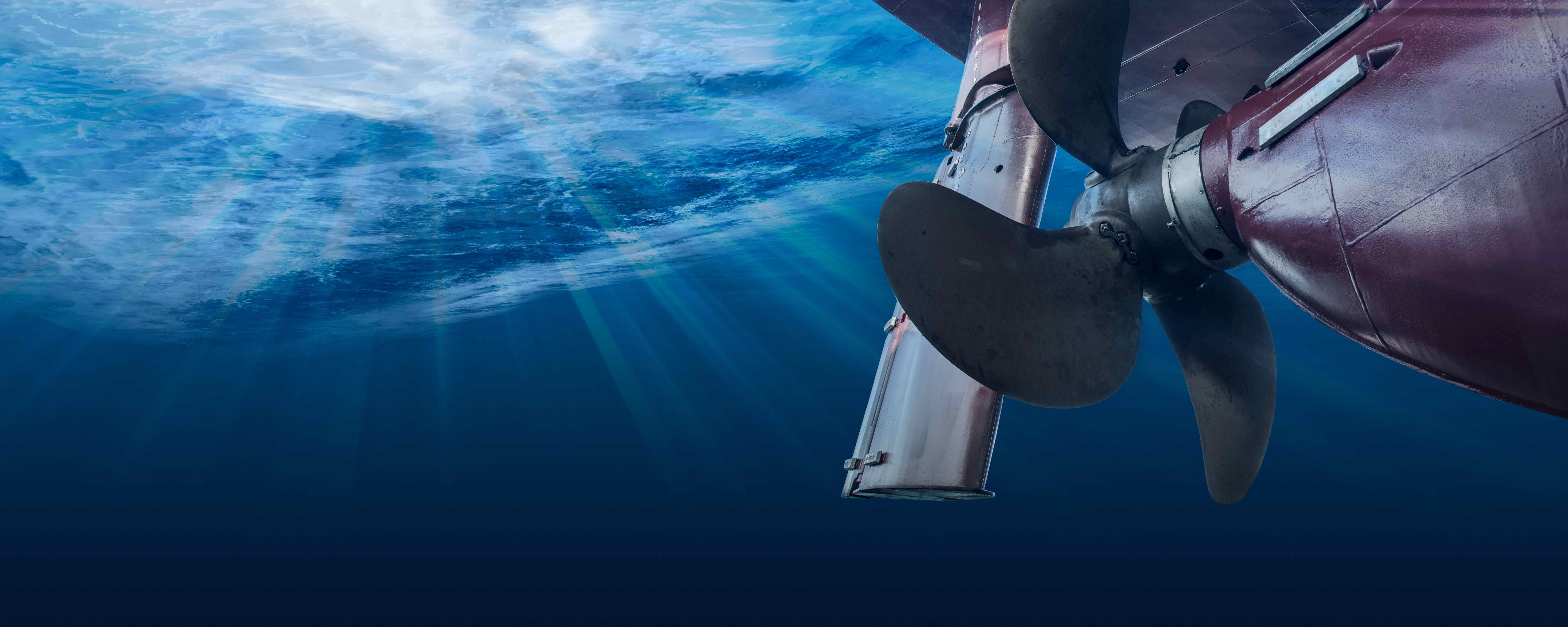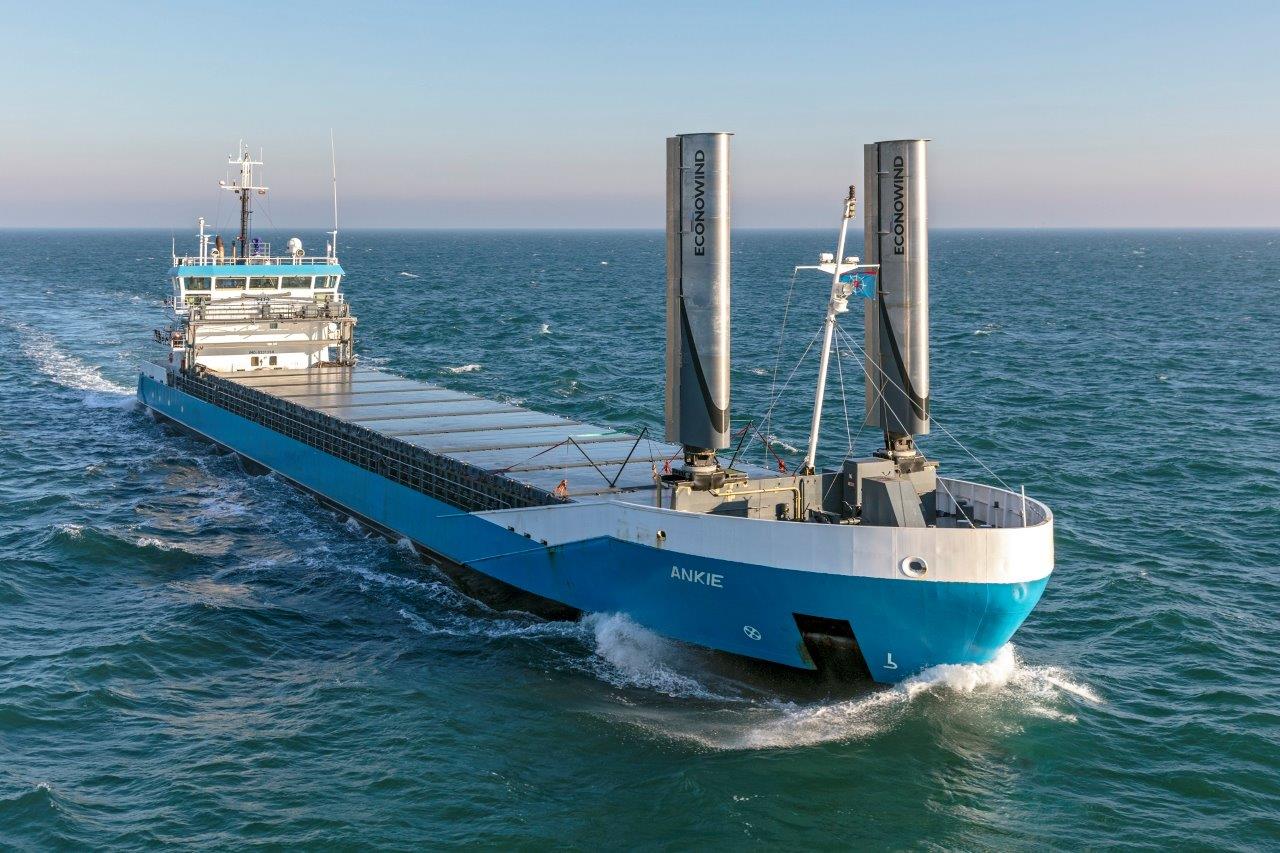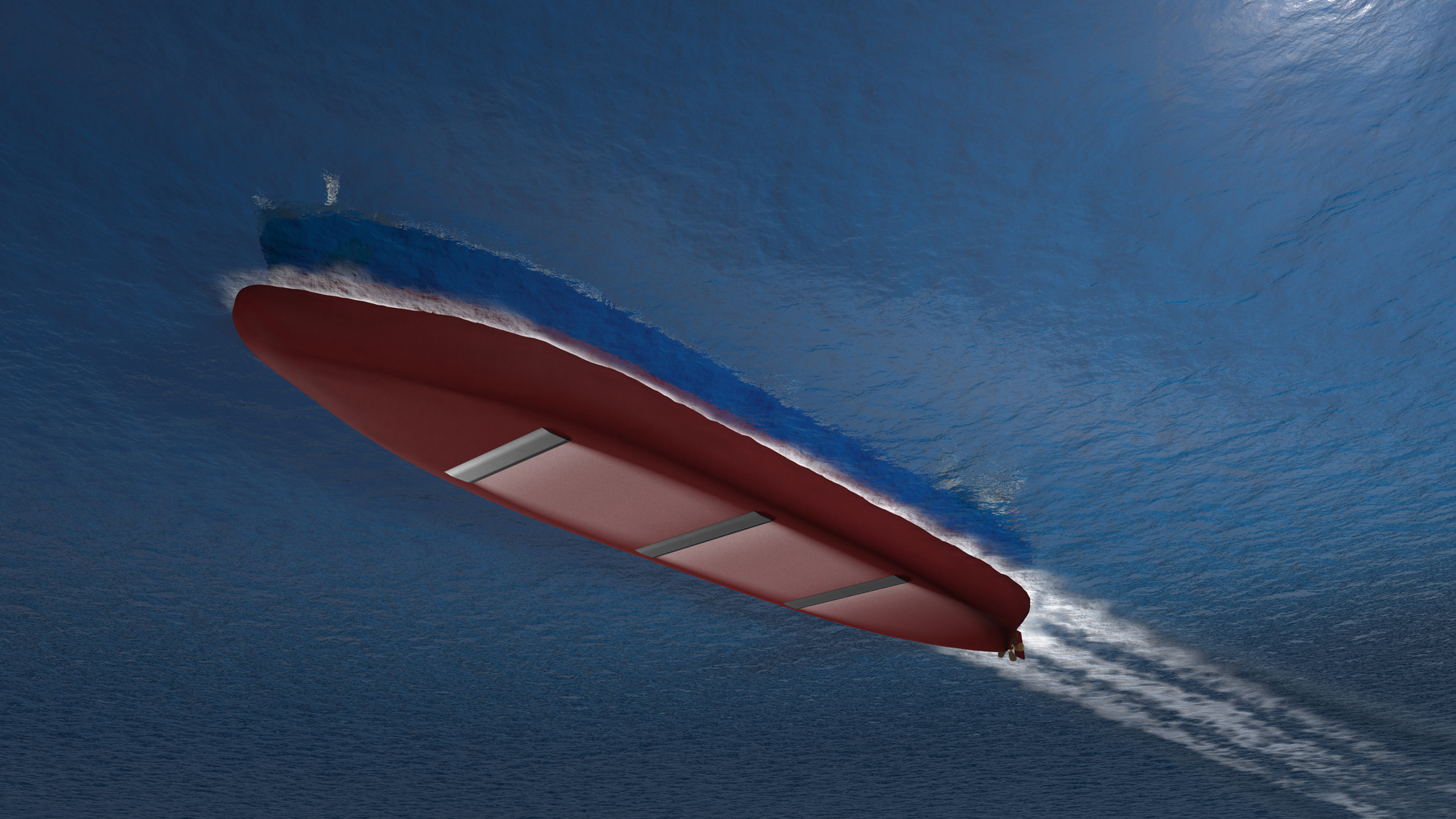Off the shelf ship designs have passed their sell by date, says Mohamed Zaitoun, the MD of Zaitoun Green Shipping. Nowadays a new generation of owners are building ships tailored to both their exact operational needs and environmental performance ambitions. The right approach to bio fouling, or rather to eradicating bio fouling, is one small yet vital ingredient in the mix.
No shipowner wants stowaways. And when those stowaways are huddled below the surface of the water, with their free ride impacting upon fuel efficiency, costs and emissions, while also damaging the marine environment through the spread of invasive species, they’re especially undesirable.
Welcome to the world of bio fouling – a key enemy in the battle for a more sustainable shipping industry.
“Modern shipowners are increasingly aware of the problems associated with bio fouling,” says Mohamed Zaitoun, formerly of United Arab Shipping Company and now MD at environmental maritime consultancy Zaitoun Green Shipping, also involved in Newbuilding, LNG, Ports and Terminal projects.

“They no longer want ‘off the shelf’ ship designs, but are building according to their needs – tailoring for desired trades and optimising to ensure maximum operational and, increasingly, environmental efficiency. In this context the right approach to bio fouling is moving from somewhat of an afterthought to an important business decision.
“It pays, quite literally, to think ahead on this issue.”
Dragging down performance
Biofouling is a term encompassing all aquatic organisms that settle on the once smooth surfaces of ships. Here they grow and prosper, leading to increased hydrodynamic frictional drag that results in mounting vessel speed loss and reduced efficiency. Shipowners habitually respond by reactively cleaning their hulls, but not before extra fuel (and OPEX dollars) have literally gone up in smoke in a bid to maintain operational speed and manoeuvrability.
Both businesses and the environment suffer as a result. IMO has estimated that world fleet fuel consumption could fall by as much as 10 per cent if hulls and propellers can be kept as clean as possible. Given today’s business climate – not to mention the changing climate itself – that could make a real difference.
With this in mind, it’s unsurprising that the savviest owners are on the look-out for optimal hull performance solutions. “No one item on a newbuild order stands alone,” Zaitoun says. “Owners, operators and crews must view vessels (and indeed entire fleets) as integrated systems, where each component works in harmony with another to produce the best results. That’s very true in terms of maintaining optimal efficiency.
“So, the right antifouling coating, for example, is just one element. If you have a poorly designed vessel and add an expensive antifouling it won’t transform efficiency. But on a well-managed, forward-thinking project, it is an essential component.
“And not just the coating, which should be selected before a contract is even signed with a yard, but the overall approach to biofouling.”
Proactive thinking
Zaitoun says today’s shipowners increasingly adopt a strategy whereby advanced systems, working with constant flows of data, continuously monitor performance – giving clear indications of fuel consumption and creating awareness of speed loss. This will inform understanding of hull performance and any reactive cleaning needs.
“But relying on reactive cleaning isn’t optimal for ships that are expensive to build, operating in a climate of greater regulation, environmental awareness and increasing costs,” he notes, arguing that new antifouling innovations are welcome.
Proactive cleaning is one such approach, whereby solutions tailored to a vessel’s individual needs work to remove biofouling while it’s still at a stage of biofilm (or slime) and before macrofouling takes hold. This offers owners a prevention rather than a cure, effectively working to ensure continuously clean hulls.
Such technology is still at an early stage, but Zaitoun stresses that the better the solution for removing fouling the better the results for both business and the environment.
He says: “The future winners are those with efficient vessels, ones that meet proactively stringent IMO regulations for low CO2 and gas emissions and achieve sustainable OPEX goals. To meet those ambitions, we have to be open to new, green – and business beneficial – innovations.” Zaitoun himself always has been.
The future
As former Vice President New Building Technical Projects at UASC he was a key player in the firm’s comprehensive fleet expansion programme. This saw the introduction of a new generation of container vessels, including LNG-ready ultra-large ships that utilised the latest technology to drastically improve environmental performance (for example, when the 18,800 TEU M.V Barzan set sail in 2015 it boasted a CO2 output per TEU of more than 60% below a 13,500 TEU vessel delivered just three years earlier).
“Tomorrow’s successful owners are those that think ahead today,” he concludes. “That relates to tackling biofouling, but more broadly to every element of a vessel build. By optimising each individual component, we can create a better, more sustainable whole. And everybody benefits from that.”
Now there’s an approach that’ll never pass its sell by date…

































